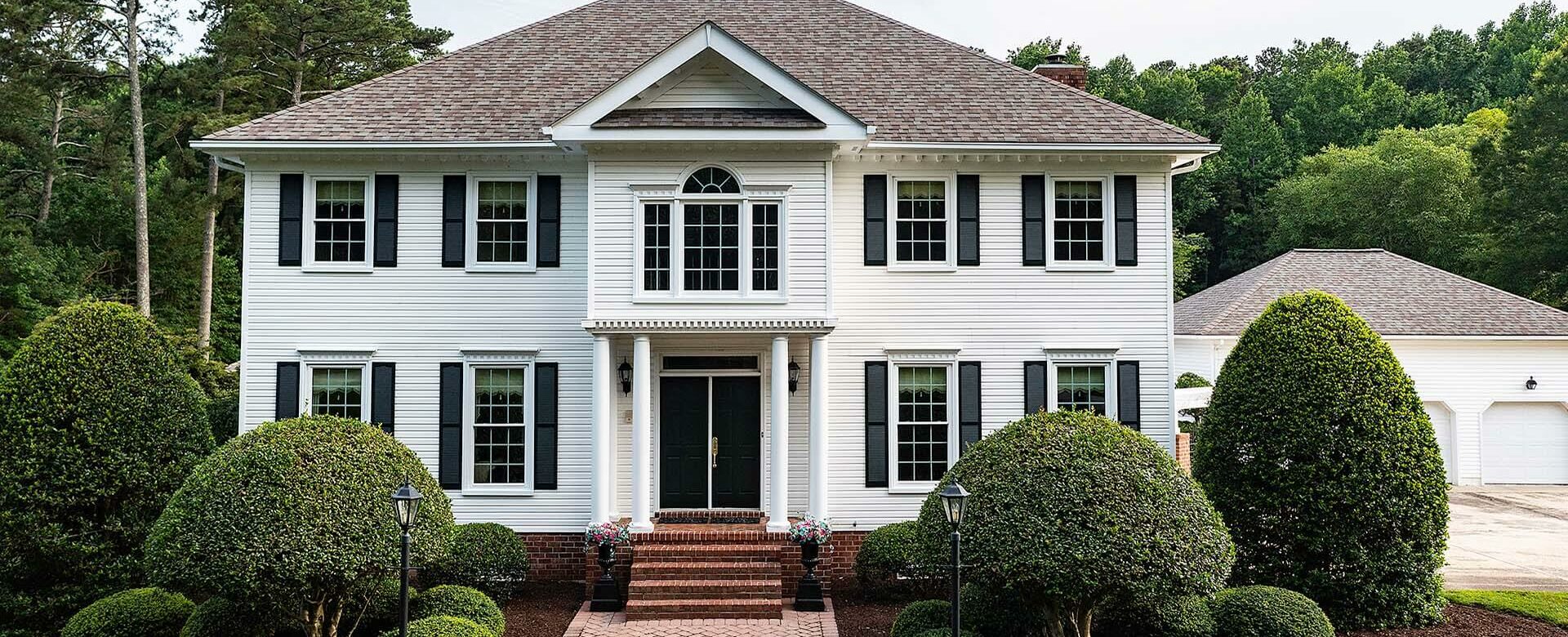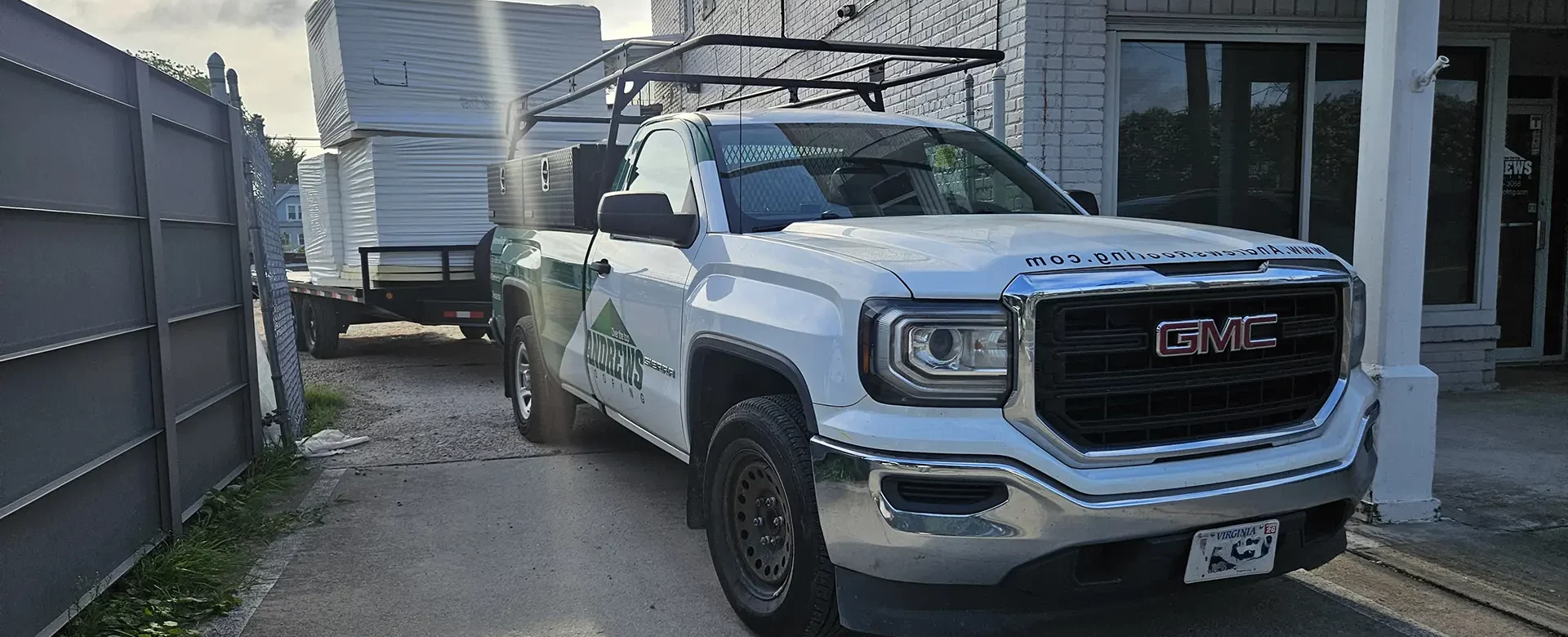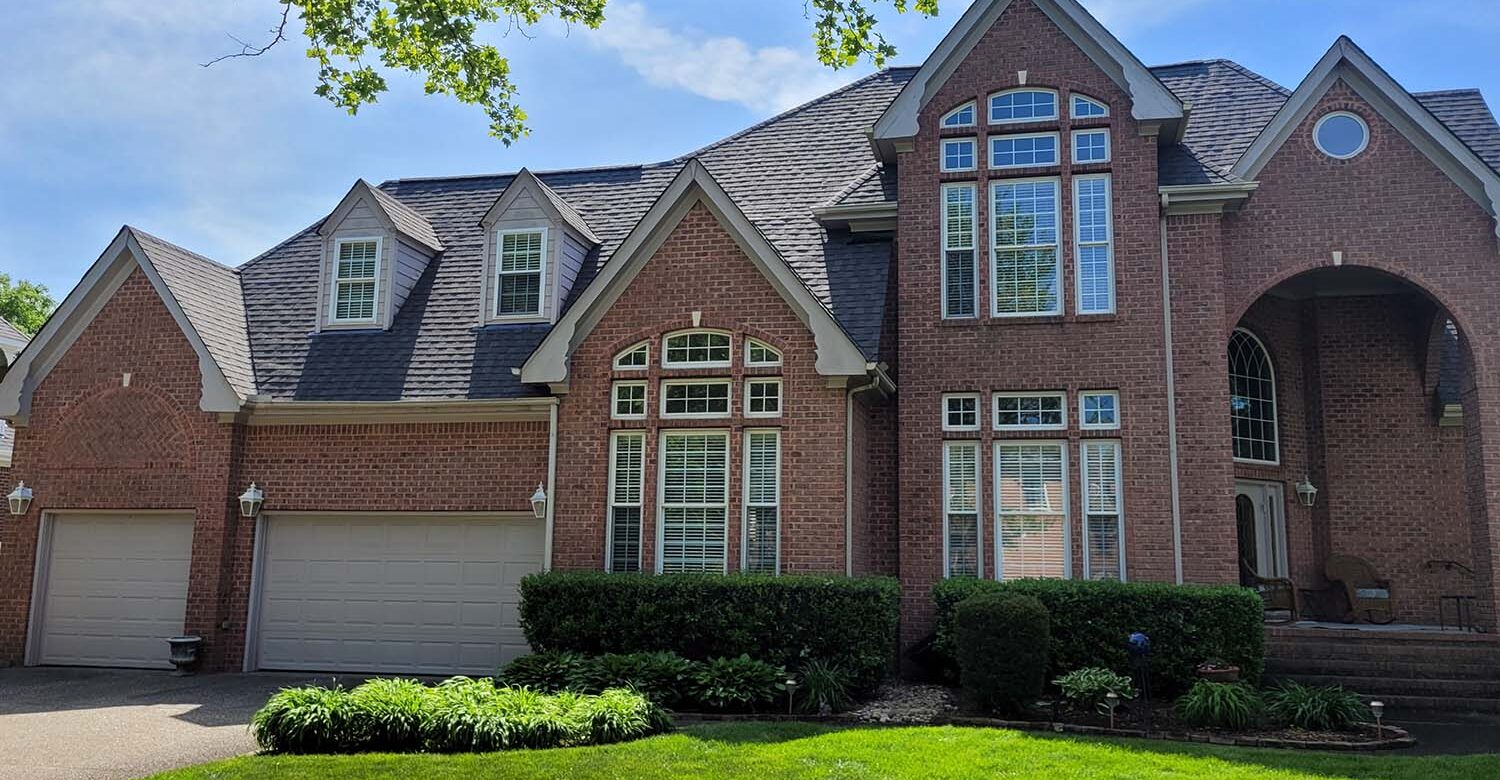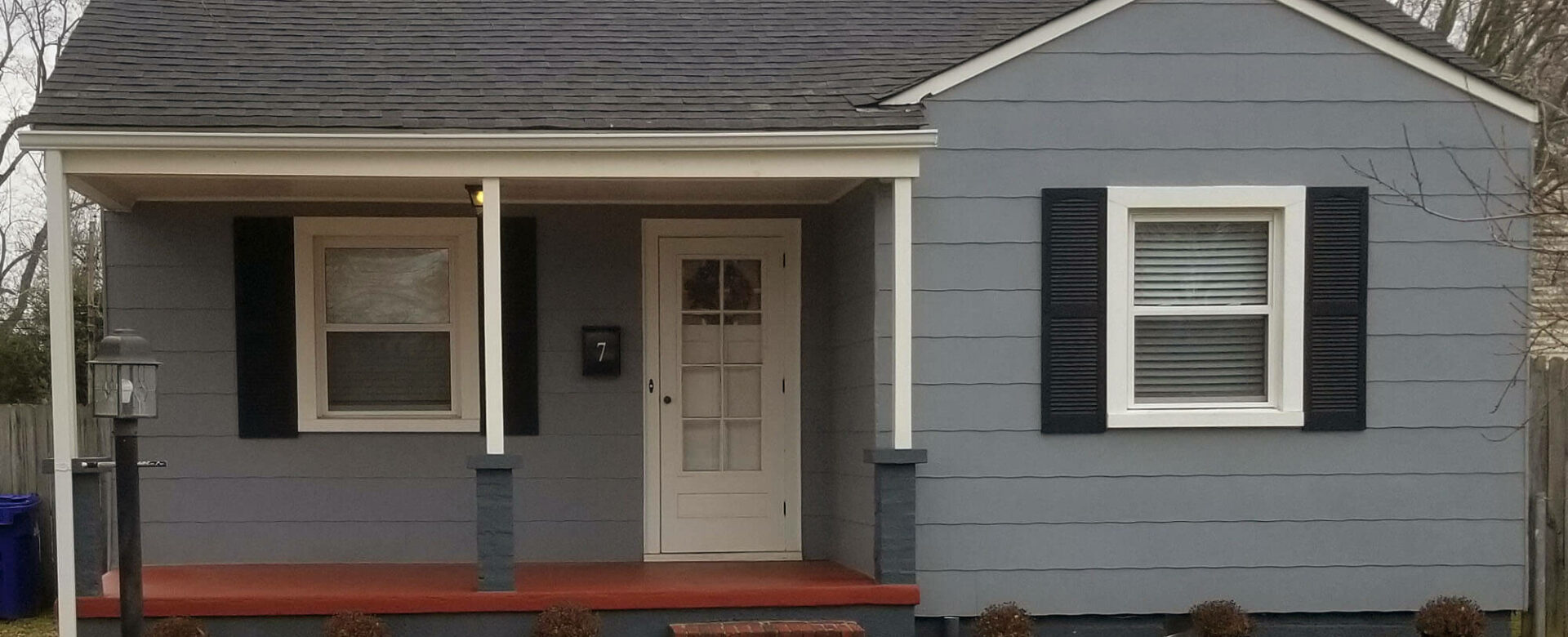If you’re considering replacing your roof, you may have discovered how overwhelming it can be to choose exactly the right material for your home. Metal, slate, cedar, and traditional three-tab shingles all have their pros and cons, but in our region of Southeast Virginia, architectural shingles continue to be the most popular option on the market.
At Andrews Roofing, we install a wide range of materials, but architectural shingles often offer the best mix of durability, curb appeal, and budget-right value. Let’s dive into what makes them so popular and whether or not they’re the right choice for your home.
What Are Architectural Shingles?
Architectural shingles (also called dimensional shingles) are a higher-end version of basic asphalt shingles. Instead of a single flat layer, they’re built from multiple laminated layers of asphalt and fiberglass. This creates a thicker, dimensional look similar to wood shake or slate, improved durability and wind resistance, and richer colors and shadow lines for a more polished, upgraded look. They’re designed to outperform three-tab shingles while staying more affordable than materials like metal or slate.
Why Homeowners Love Asphalt Shingles
Enhanced Curb Appeal and Home Value
A new roof can transform your home’s exterior. Architectural shingles add depth and dimension instead of lying flat, which helps the roof complement brick, siding, and trim more cohesively. If you’re sprucing up your home to put on the market, buyers will appreciate a newer, upgraded roof. Architectural shingles can help your home stand out in listing photos and alleviate buyer concerns about possible future maintenance or replacement costs.
Better Performance in Coastal Virginia Weather
Southeast Virginia can see high winds, heavy rains, tropical systems, nor’easters, snow and just about anything else! Architectural shingles typically have higher wind ratings than standard three-tab products. Overall, they provide excellent weather resistance when paired with proper underlayment, ventilation, and flashing—key factors Andrews Roofing emphasizes on every project.
Longer Lifespan
Many architectural shingle lines are rated for 30 years or more in ideal conditions. Real-world results vary based on installation, ventilation, and maintenance, but homeowners can expect a longer lifespan compared to entry-level asphalt roofs.
More Style and Color Variety
Manufacturers offer architectural shingles in a wide range of colors—from subtle grays to bolder earthy tone blends that can mimic the appearance of cedar shake or slate without the maintenance or cost.
Where Architectural Shingles Fit in Your Budget
On the roofing cost spectrum, architectural shingles fall into a comfortable middle range when compared to other common materials:
- Three-tab shingles – Lowest cost but limited lifespan
- Architectural shingles – Moderate cost with significantly better performance
- Designer asphalt shingles – Higher cost, specialized aesthetics
- Metal roofing – Higher upfront investment, excellent longevity
- Slate, tile, or cedar – Premium materials requiring specialized installation
For many homeowners, architectural shingles offer the best return on investment: upgraded aesthetics and performance without the jump into premium pricing.
Are Architectural Shingles Right for Your Home?
If you’re replacing your roof, architectural shingles might be the right choice for you if you want a meaningful upgrade from basic asphalt shingles and want to enhance your home’s curb appeal. If you are planning to sell your home in the next 5-10 years, asphalt shingles are a common sense investment that you can expect to last beyond the time you’ll spend in your home – giving you and future buyers peace of mind as well. Architectural shingles also pair well with many architectural styles common in Hampton Roads such as Colonials, Georgian-style brick homes, beach bungalows, ranch ramblers and Cape Cod cottages.
Talk to Andrews Roofing for a Personalized Recommendation
Every home is different. Our experienced team can evaluate your existing roof, discuss style and performance preferences, review shingle options, and provide a clear, detailed estimate. If you’re considering a roof replacement, architectural shingles may be the perfect balance of beauty, performance, and cost, but even if they’re not – we still have you covered with a wide variety of roofing options. Contact Andrews Roofing today to get started.





